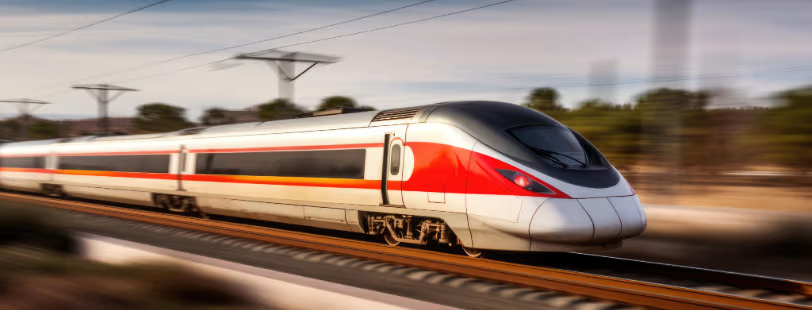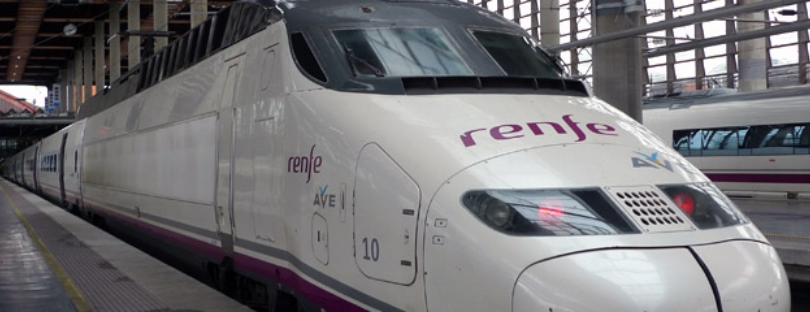
Free public transport in Brussels?
Public transport in Brussels will be free for every resident under 25 and over 65 from next summer, the Stib has announced.
The measure has received the approval of the Brussels government and is expected to cost about €12 million a year.
“We need to see what the budgetary implications of this measure are,” said mobility minister Elke Van den Brandt. “The 2020 budget is currently under discussion.”
Young people aged 12–24 currently pay a reduced rate of €50 for a Stib annual season ticket, provided they are in education for at least 20 hours a week. From July 2020, under-25s will travel free, whether they are studying or not.
Passengers over 65 currently pay €60 per year, although free travel is already available to some older travellers on means-tested benefits.
How much does public transport cost in Brussels?
Type of ticket |
Price |
|---|---|
1-hour ticket |
€2.10 – €2.60 |
1-day ticket |
€7.50 – €8.00 |
MOBIB card |
€5 |
STIB-MIVB monthly season ticket |
€49 |
Here are some of the benefits of free public transport:
- It can reduce air pollution. When people use public transport instead of cars, it reduces the amount of emissions that are released into the air. This can improve air quality and make the environment more sustainable.
- It can make cities more livable. Public transport can make it easier for people to get around, especially in large cities where traffic can be a problem. This can make cities more accessible and attractive to residents and visitors.
- It can help to reduce traffic congestion. When people use public transport instead of cars, it can help to reduce the amount of traffic on the roads. This can make it easier for people to get around and can also reduce air pollution.
- It can save money. Public transport can be a more affordable option than owning a car. This can save people money on fuel, parking, and maintenance.
- It can promote social inclusion. Public transport can help to promote social inclusion by making it easier for people from all walks of life to get around. This can help to build a more cohesive and vibrant community.








